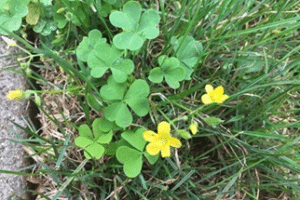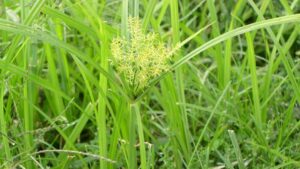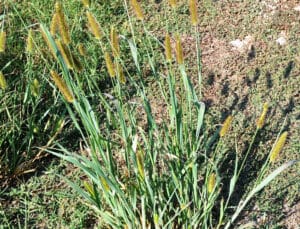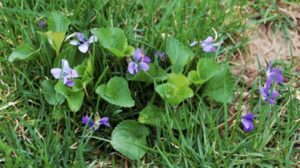Cotoneaster dammeri ‘Coral Beauty’
Description
True to its name, the Coral Beauty Cotoneaster features decorative, light red berries that emerge in summer.
But this Cotoneaster adds interest to your landscape year-round. It’s signature coral-red berries are preceded in late spring by a profusion of white flowers, and its small, glossy green foliage takes on a purple tone in the fall.
Gardeners love this fast-growing shrub for groundcover, growing 1-2 feet tall and spreading up to 6 feet. And because of its spread, the Cotoneaster is particularly well-suited to banks and large open areas. It can also thrive on cliff sides or in rocky areas, meaning that it’s happy in rock gardens or hanging over stone walls in your landscape.
The best part? Along with its evergreen good looks, this plant is a functional addition to your landscape. It’s easy-growing, resists most pests and disease, and even provides erosion control.
Planting
First, select an area with full sun (6 to 8 hours of sunlight per day) and well-drained soil. Cotoneasters grow in most soil types but prefer moist, well-drained conditions. When you’re ready to plant, dig a hole that’s large enough to accommodate the shrub’s root ball (with some extra width to make room for mature growth), place your shrub and backfill the soil. We recommend watering to settle the roots and mulching to conserve moisture.
Don’t forget to leave your Cotoneaster plenty of room to grow – it can spread up to 6 feet.
Watering
Water deeply and regularly during the first growing season to establish roots. After, water weekly or when the soil is dry 2-3 inches down.
Fertilizing
Fertilize yearly in early spring to promote growth.
Pruning
Pruning isn’t necessary to keep your Coral Beauty Cotoneaster looking good, but you can prune annually to shape.
| Growing Information | |
| Mature Height: | 1-2 ft |
| Mature Width: | 6 ft |
| Sunlight: | Full Sun |
| Bloom Time: | |
| Growth Rate: | Fast |
| Grows Well in Zones: | 5-10 |
| Your Growing Zone: | 6 |





